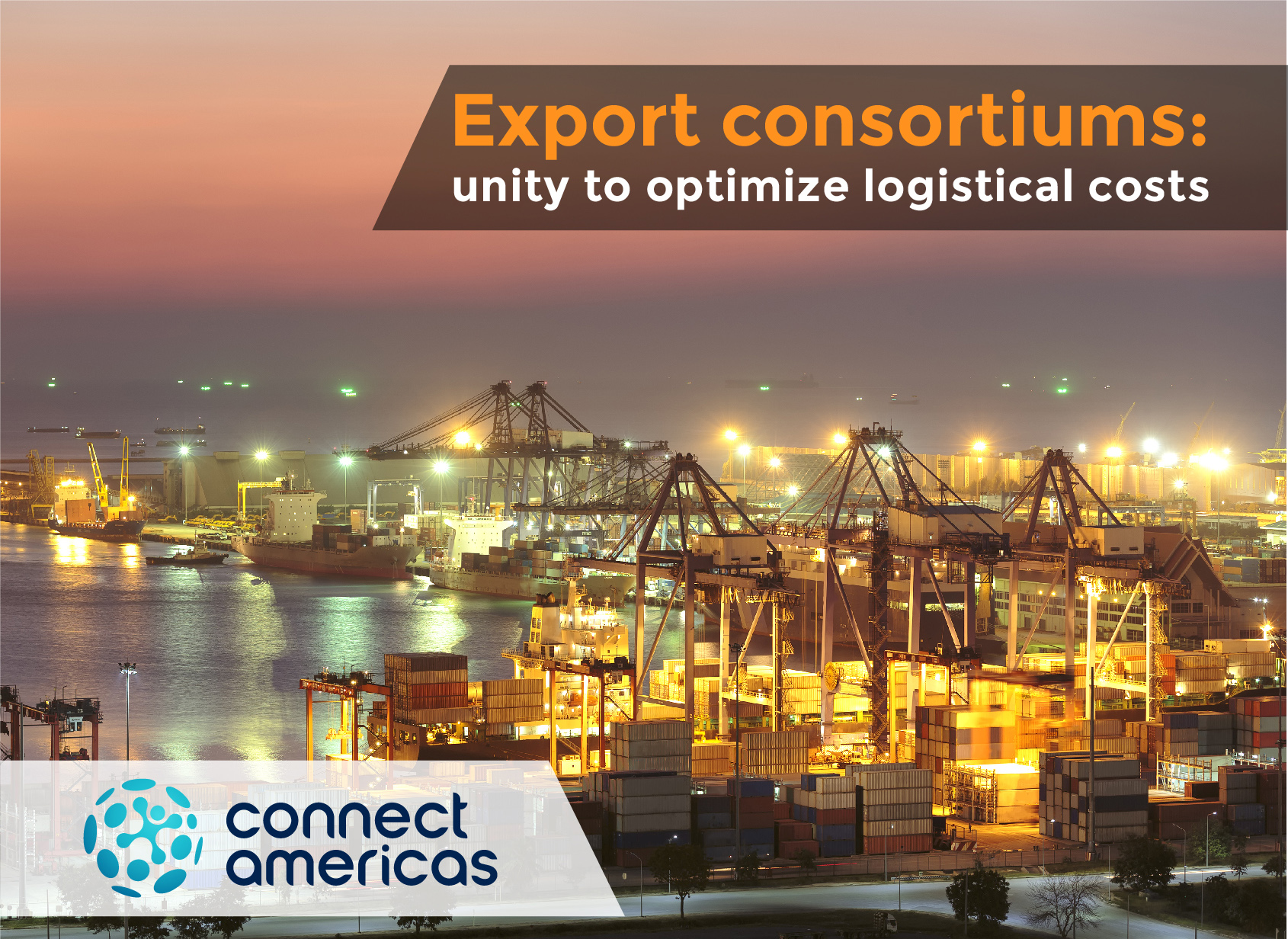In today’s globalized world, logistics are a decisive factor in the competitiveness of companies. According to a report by the Inter-American Development Bank (BID), logistics costs measured as a percentage of the GDP are between 50% and 100% higher in Latin America and the Caribbean than in Organization for Economic Co-operation and Development (OCDE) countries. Likewise, inventory allowance – a key component for companies – shows a similar proportion.
Logistics costs measured as a percentage of GDP are between 50% and 100% higher in Latin America and the Caribbean
IDB reveals that the high costs of land transport services are partly due to obsolete infrastructure and complicated and slow clearing of goods at customs, generating border crossing bottlenecks. These factors have a negative impact on competitiveness, especially for small producers in the region who pay between two and three times more on logistics costs than large producers to move their products from crop areas to the border or port. Internationalization, thus, becomes expensive and a high risk for small producers.
However, the United Nations Industrial Development Organization (UNIDO) reports that export consortia enable members to optimize logistics costs for marketing products in foreign markets. These groups are designed for members to share knowledge and costs related with inventory, operations and distribution strategy development.
For instance, export consortia can reduce transportation costs through the development of joint strategies and logistics studies. Another advantage of these alliances – affirms UNIDO – consists of improved access to large logistics operators and increasing bargaining power with them.
In fact, IDB sustains that large logistics operators are present in most countries in the Americas but that they focus their activity on foreign transnational companies or big clients in the region. They generally offer more competitive rates but require high cargo volumes; this is why export consortia enable small producers to compete on equal terms with the major players.



Follow Us